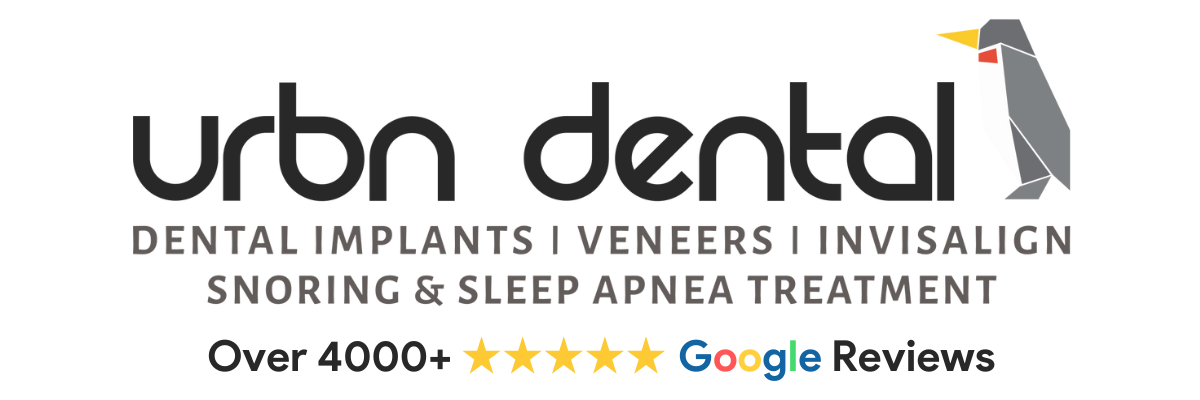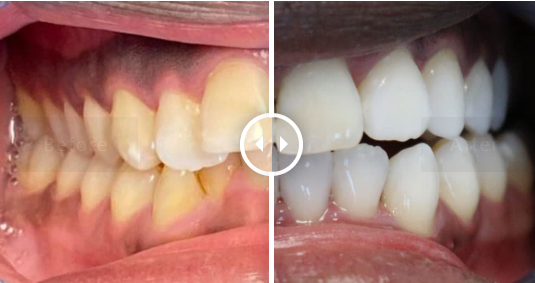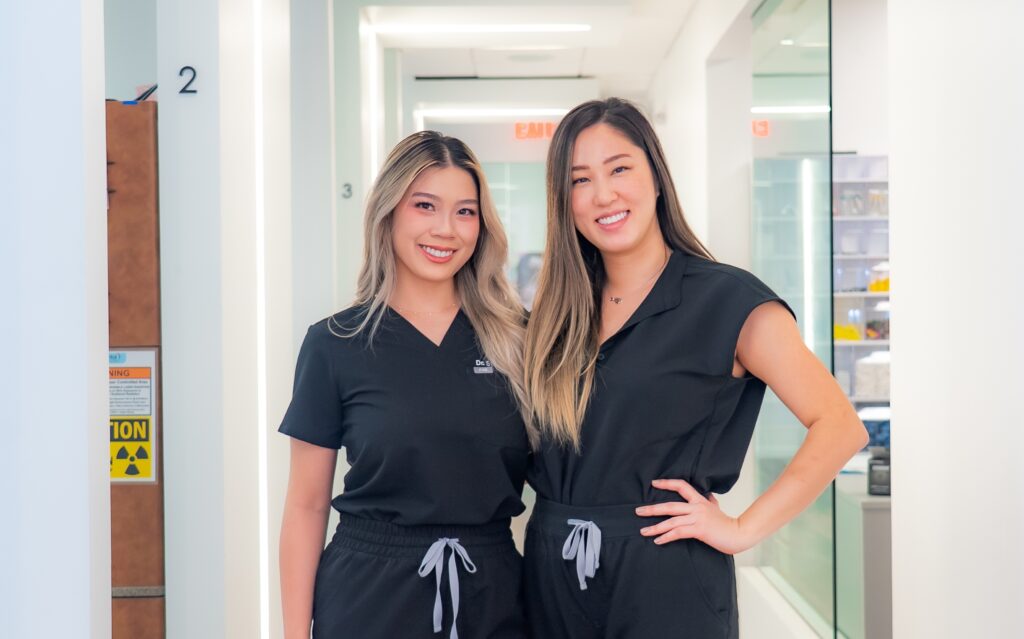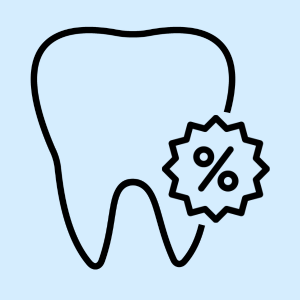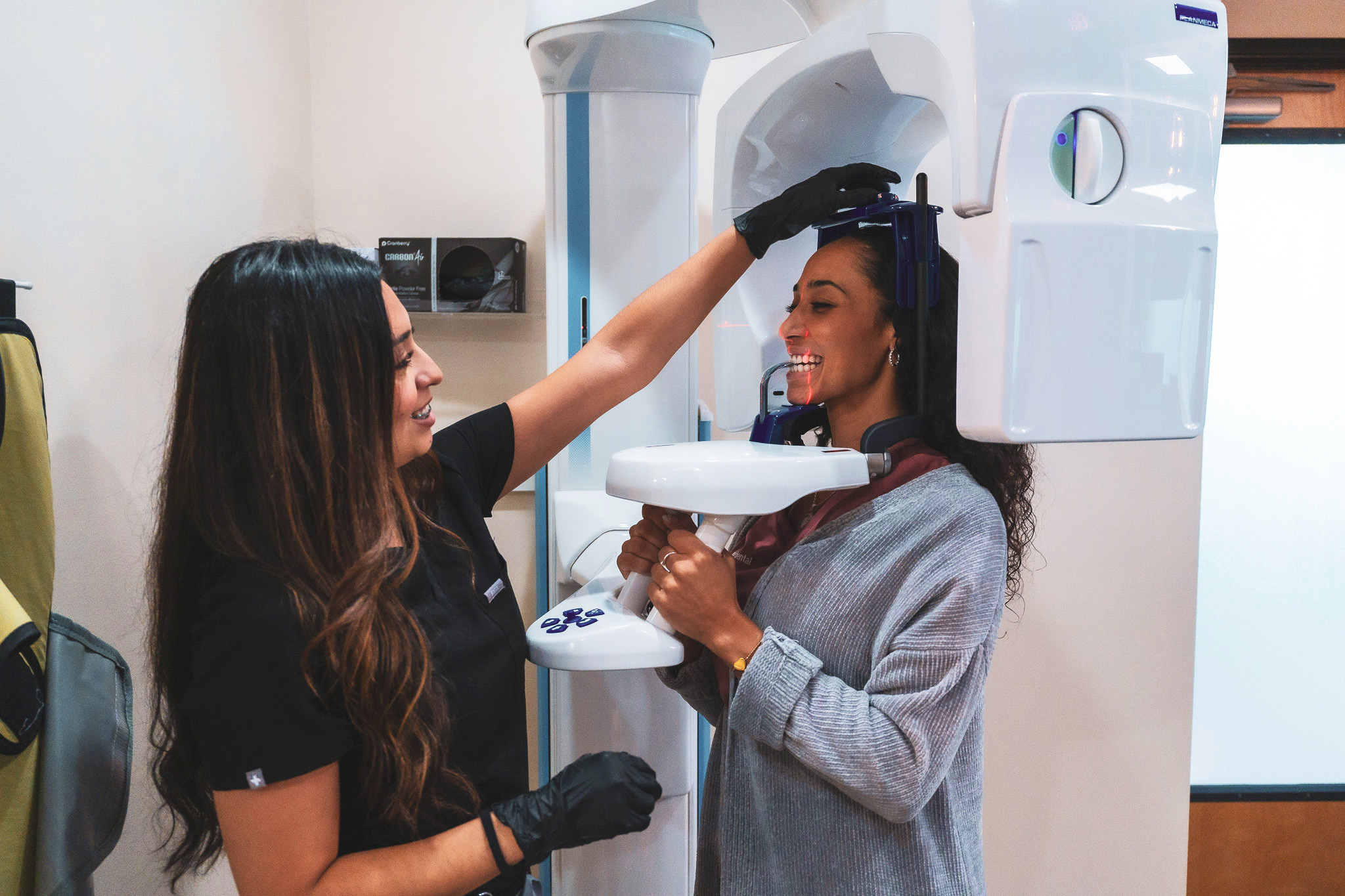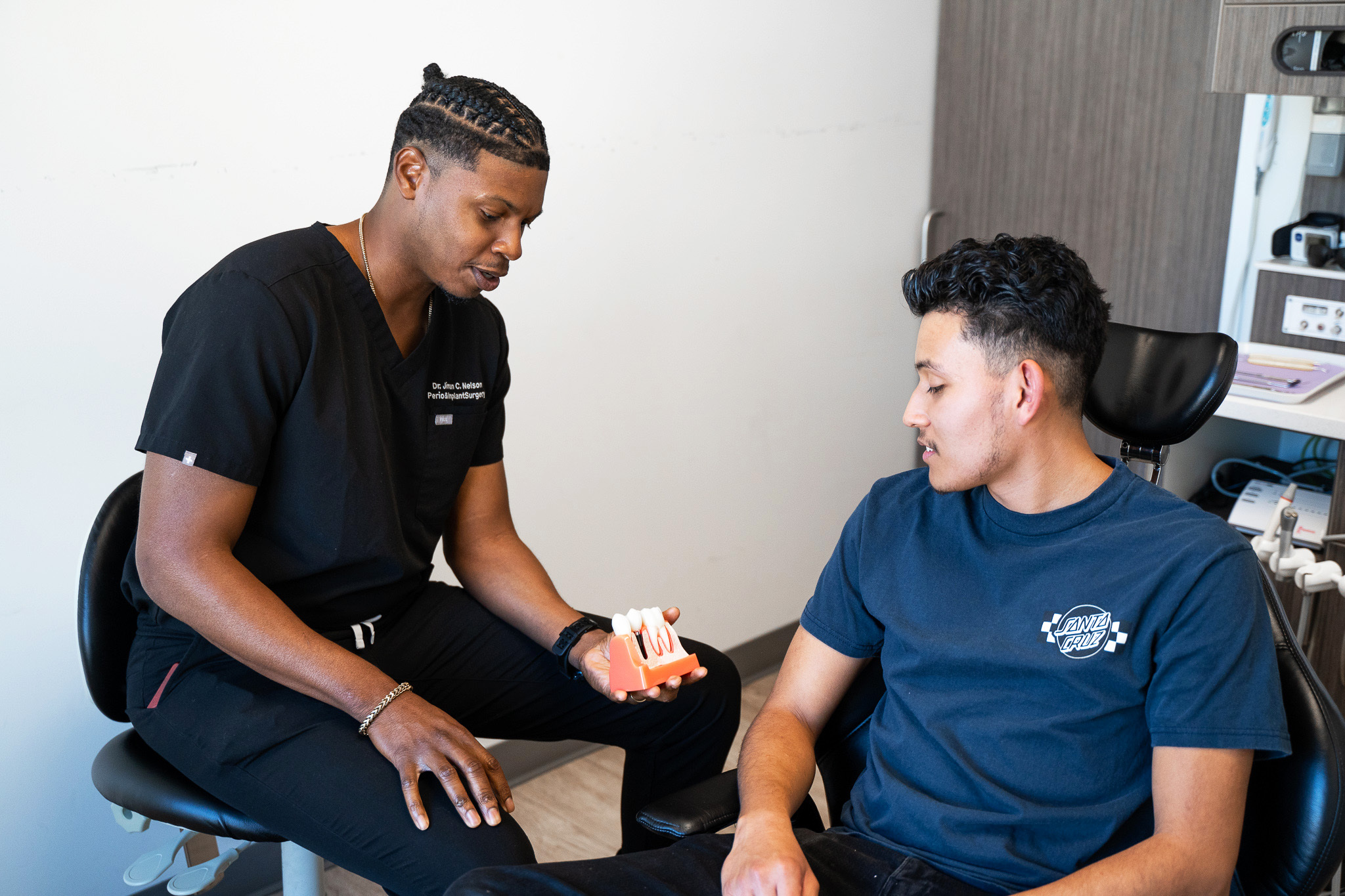Gum Reshaping: Laser Gingivectomy
Gingivectomy is a procedure used for gingiva removal. It is indicated for someone who wants to achieve optimal aesthetics. Gingivectomy may be used if the suprabony pockets have been present and there is access to the osseous structures, which is not always important.
Laser Gingivectomy
Gingivectomy helps decrease gingival tissue by altering the fibrotic gingiva if there is enlargement. However, this procedure is not indicated in a person with an osseous foundation who is in critical health or if the gingival attachment is absent or minimal.
Table of Contents
The Benefits of Laser Gingivectomy
Research supports that resecting the gingiva using a dental laser will improve access due to better visualization, which aids in sealing the lymphatic and capillaries when laser radiation is used. Laser resections allow lower levels of myofibroblasts, leading to no wound contraction, which means less scarring.
Wound healing highly depends on the device setting and the type of laser wavelength used on the tissue. Therefore, your dentist’s laser knowledge is critical in providing tissue healing results.
Electrosurgery is another alternative to dental laser therapy, but its tissue interaction is not as detailed. Electrosurgery uses heat ablation upon interacting with the tissue. There are two types of electrosurgery units: bipolar and monopolar. Bipolar is preferred because it generates no lateral heat and can be used in a wet environment.
The laser is attracted to the specific chromophores, so less power will be required to incise the tissue when there is an abundance of chromophores present within the tissue. Therefore, inflamed or hyperemic gingiva require less power since larger amounts of hemoglobin are present within the swollen tissue. Thus, performing gingivectomy on individuals with a high melanin content within the tissue will require less laser power than those with very healthy light pink gingiva.
Do I Need Cosmetic Gum Reshaping?
Cosmetic gum reshaping through gingivectomy isn’t a medically necessary procedure — it’s more of a cosmetic one. However, just because a procedure isn’t medically necessary doesn’t mean it’s not socially necessary. The following is a prime reason gingivectomy may be necessary for you:
- Smile makeover: Your smile doesn’t just convey if you’re happy; it has the power to open or close doors of opportunities. A healthy smile can drastically increase your self-esteem and boost your confidence, which, in turn, enhances your mental health. Furthermore, people are naturally drawn to those with a good smile. As such, a cosmetic gum reshaping treatment can make you more socially attractive and approachable. People are more likely to listen to you in both social and professional situations, which can increase the overall quality of your personal and professional life.

Do you suffer from a gummy smile?
Talk to one of our highly skilled emergency dentists about your smile goals.
- Uneven gums: Do you have uneven gums? Do they cover up too much of your teeth or seem withdrawn? The appearance of your gums is usually genetic in nature, but gums may also deteriorate because of habits like smoking or consuming prescription drugs. If you have a gummy smile, you can use the cosmetic gum reshaping procedure to rectify that.
- Gum contouring: This is one of the few legitimate medical reasons to get gum reshaping treatment. Sometimes, your gums may be too exposed, diseased, or uneven because of diseases like gingivitis, tooth loss, or decay. In this case, cosmetic gum reshaping can restore your gum health, remove cavities, and seal tissues to prevent these diseases from reoccurring. In this case, gum contouring enhances your aesthetic appeal and prevents the spread of dangerous diseases.
Do you have an uneven gum line that you want to fix?
We can help! Schedule your dental appointment with one of our highly skilled dentists today!
How Is Gum Reshaping Performed?
The first incisions during a gingivectomy work the same way as when a blade is used to cut the tissue. Where the incision is placed will depend on the depth of pockets within the gingival tissue. The first cut depends on the measurement of the pocket depth. Caution should be taken when the laser is reflected in the angulation because interactions between the laser and hard tissue can lead to tissue damage. The correct settings and power should be used to prevent this from happening. There are also reflective barriers used within the sulcus to prevent the laser wavelengths from straying so that they do not interact with the rot surface of the tooth. When there is soft tissue, the barrier’s mylar and metal nature reflects laser energy far from the tooth. After the gingiva is cut or excised, the power-driven ultrasonic scaler will be used to debride the root surface with better visualization, thus resulting in a more successful and effective debridement.
The sculpting ability of the lasers and gingivoplasty may be done at the gingival margins to ensure a parabolic appearance. Erbium laser will create homeostasis if the procedure is done by altering the laser parameters to seal off the blood vessels.
Gingivectomy is a periodontal surgery that heals and removes the disease surrounding the gum tissue caused by bacterial build-up underneath the gums. For someone who is suffering from chronic gingival inflammation, gingivectomy may be used if other nonsurgical methods have been used in the past and were ineffective in producing healing results.
Gingivectomy can be performed in a dental office and is done one quadrant at a time using local anesthetics. The prognosis and success of the procedure are related to the level of attachment to the gums. Anything beyond a gingivectomy that goes deeper into the periodontium will involve regenerating the attachment structures using bone grafts and tissue.
Periodontal surgery may be performed to eliminate or alter microbial factors that cause periodontitis. Periodontal disease involves the host’s condition and microorganisms like the immune system, which may affect the gums and the supporting structures of the teeth. If the gingiva had been affected by the plaque-making bacteria due to immune suppression or lack of oral hygiene, the bacterial conditions for periodontitis are heightened. If the cause of periodontitis is not removed or addressed, then it will progress and worsen. In some severe cases, a gingival graft surgery may be needed to restore the ligaments with bone tissue destroyed by pathogens.
URBN Dental Services in Houston, TX
Houston | Katy | Montrose | West University Place | Greater Third Ward | Greater East End | North East Houston | Houston Heights | Central Northwest | Fairbanks | Acres Home | East Houston | Southeast Houston | Central Southwest | Fort Bend Houston | Brays Oaks | Meyerland Area | Sharpstown | Alief | Westchase | Memorial | Northwest Houston | Katyland | Whispering Lakes | Pine Lakes | Woodcreek Reserve
Are you ready to change your smile?
Let us help you achieve the smile you’ve always wanted.
